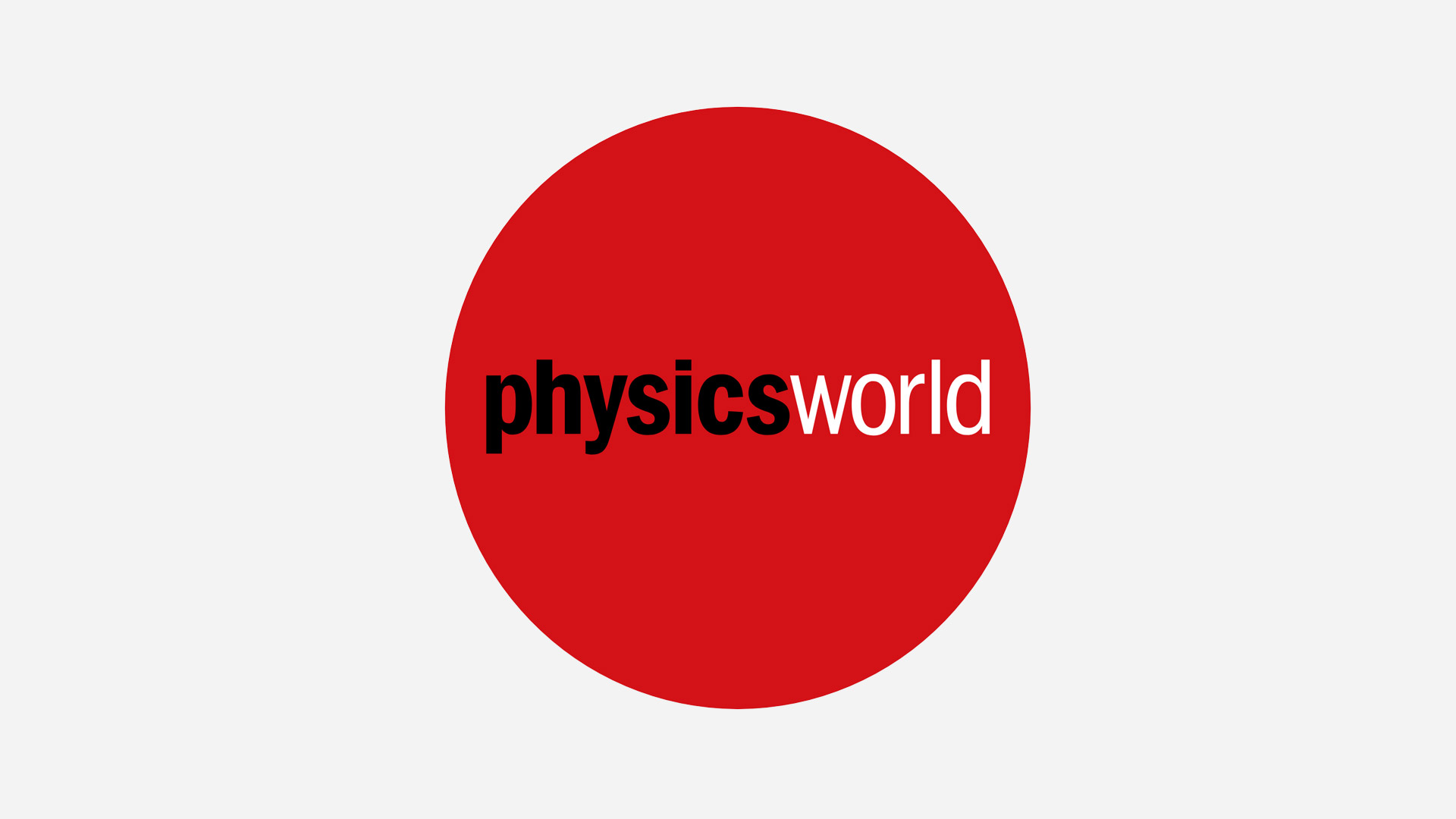Author
Array
(
[0] => linkedin
[1] => facebook
[2] => twitter
[3] => google-plus
[4] => youtube
)
Array
(
[0] => linkedin
[1] => facebook
[2] => twitter
[3] => google-plus
[4] => youtube
)
Array
(
[0] => linkedin
[1] => facebook
[2] => twitter
[3] => google-plus
[4] => youtube
)
Array
(
[0] => linkedin
[1] => facebook
[2] => twitter
[3] => google-plus
[4] => youtube
)
Array
(
[0] => linkedin
[1] => facebook
[2] => twitter
[3] => google-plus
[4] => youtube
)
No Author
Author archive

Four years ago John Pendry of Imperial College, London, described how a composite copper structure could be used to create a material with negative electric permittivity, and more recently he proposed how the magnetic permeability could be made negative as well. Since the permittivity and permeability describe how the material responds to applied electric and […]

Van der Laan, Carra and Schütz-Gmeineder share the prize for their work on X-ray magnetic dichroism, a technique in which circularly polarized X-rays are used to study magnetic structures. By measuring the difference in the scattering of right- and left-hand-polarized radiation, it is possible to obtain information about the material that cannot be obtained with […]

Stirling is no stranger to Grenoble, having worked at the nearby Institut Laue-Langevin (ILL) neutron source for 14 years, and later chairing the ILL scientific council. He currently uses X-rays from the ESRF and other synchrotron sources to study magnetic structures and phase transitions in magnetic materials. Stirling was also closely involved in the construction […]

“Microlensing is the only way low-mass planets can be detected from the ground,” says Sun Hong Rhie from the University of Notre Dame and a member of MPS team. Rhie and his colleague David Bennett have proposed a space-based observatory called GEST that would use microlensing techniques to search for other low-mass planets. GEST would […]

Thomas’s group measured the spatial distribution of water in the glass rods from which the optical fibres are drawn. They discovered that water diffuses into the molten, flowing glass much faster than expected. The water comes from the oxygen/hydrogen torch used to heat the glass rods before pulling them into fibres. By using an oxygen […]

For ‘short’ races the average speed of a world-record performance declines sharply with increasing distance. However, above a certain distance, the decline is more gentle. For both running and swimming the change in exponent occurs between about 150 and 170 seconds. This corresponds to a change from ‘anaerobic’ respiration – in which the body predominately […]

Most methods for generating entangled states rely on selecting the entangled pairs, for instance, from a large number of other non-entangled particles. However, last year Klaus Mølmer and Anders Sørenson from the University of Aarhus in Denmark proposed a method for entangling ions confined in an ion trap “to order” with a single laser pulse. […]

In 1897 Max Planck wrote the following about the question of whether women should be allowed to study at German universities: “If a woman has a special gift for the tasks of theoretical physics…I do not think it right, both personally and impersonally, to refuse her the chance and means of studying for reasons of […]

Mike Fortun and Herbert Bernstein’s book is a masterpiece – a particularly intelligent, useful and unusual book. It will constitute, I strongly believe, a solid mooring point to help us face the challenges and questions – scientific, philosophical and political – that the new century is forcing on us. The book is also refined and […]

Construction of the new synchrotron is expected to take about five years, and it will cost about £550 m to build and operate the machine over its 20 year lifetime. The Wellcome Trust will contribute about £100 m of the total cost. The Daresbury synchrotron will continue to operate for two years after the new […]
Copyright © 2025 by IOP Publishing Ltd and individual contributors
